Doughnuts
A compilation of its early origins, legends, the first donut chains, how doughnuts came to Australia and other stories
A special research by RVO Enterprises
Early origins
The arrival into America of European immigrants, along with their culinary traditions would have shaped the doughnut to the form it is known today. A widely accepted origin is that Dutch immigrants, living in Colonial New Amsterdam, now Manhattan, introduced the precursor of the modern-day doughnut in America with their deep fried olykoecks, or oily cake. Cultural anthropologist Paul Mullins, finds the 1669 Dutch recipe for “olie-koechken” closely resembles today’s doughnuts.[1]
These small deep fried flat cakes – are crisp on the outside and soft in the middle. To avoid leaving the centre soft & mushy, apples, prunes, or raisins, and sometimes nuts, were used to fill the centre of the dough which probably gave rise to the name “dough-nuts”.
How the doughnut got its hole

Part of an image accompanying the article 'The Hole Truth of America's Sweetest Snack' by Martin Abramson, Boy's Life, Dec 1980. Illustrated by John Huehnergarth.
How the doughnut got its hole is attributed to the exploits of Capt Hanson Gregory while he was at sea in 1847. Frustrated that the insides of the fried cakes were still raw dough while the edges are all done, he said, “Why wouldn’t a space inside solve the difficulty?” Then he took the cover off the ship’s tin pepper box and cut into the middle of the doughnut “the first hole ever seen by mortal eyes!” Returning home, Capt Gregory showed his mother how to make the doughnuts, and from then on doughnuts were made with holes in the middle.[2]
Whether Gregory’s story is true or not, in his hometown in Maine a bronze tablet honours him as the man who put the hole in the doughnut.
Doughnuts place in history during World War 1
For a time, doughnuts were made available by small local bakeries or by housewives who baked them at home. It is only after World War I that doughnuts gained popularity in the States.
In August 1917, the Salvation Army served doughnuts to soldiers fighting the war near Montier France. Word spread and before long, the Salvation Army making doughnuts wherever the war is being fought has become tradition.
Returning home from the war, the soldiers came back with a taste for doughnuts. Demand for doughnuts soon grew, and in 1920, Adolph Levitt created the first doughnut making machine and started selling these machines to bakeries. He founded the Doughnut Corporation of America and also sold doughnuts and prepared flour mixes under the brand “Mayflower”.
The first Mayflower store opened in 1931 in New York City and soon 18 shops were opened across the country, the first of the successful doughnut chains.[3]
Doughnuts in Australia
“Doughnuts” were first mentioned in Australian newspapers as far back as 1845. These articles were extracts of stories or news that were originally published in North America, often about the English and their experiences as new migrants.
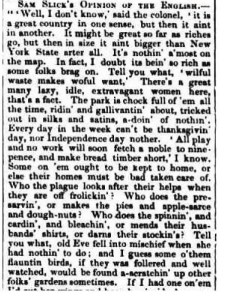
from The Sydney Morning Herald, March 1845
The Sydney Morning Herald, on March 1845, printed an article “English Extracts: Sam Slick’s Opinion of the English, which contained the line, “Who does the preservin’, or makes the pies and apple-sauce and dough-nuts?”
In another article “The Australian Trade – The Arrival of the Ship Eagle” (The Sydney Morning Herald, Dec 1851), it was written: “The American Union says, ‘They are paid two dollars a day and roast beef (or doughnuts, as they please!) for their services – and they should either work or resign.'”
“Our New York Letter” (The Mercury, Aug 1889), mentioned that in Brooklyn, “you can get 2 fish balls, a cup of coffee, and a donut for 10 cents” for breakfast.
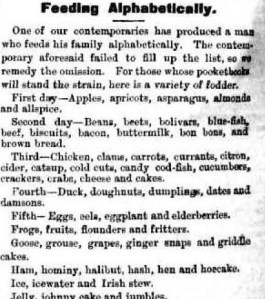
from The Maitland Mercury, May 1889
By the 1890s, doughnuts were already part of the Australian table fare (Feeding Alphabetically, The Maitland Mercury, May 1889). A doughnut recipe of that time calls for: one cup of sugar, one tablespoon of cream, one cup of sour milk sweetened with soda, nutmeg grated and flour to roll (Good Cakes without Eggs, The Maitland Mercury, Nov 1891).
The 1920s saw an increased American influence on food, as sundae shops and soda fountains and big American food companies arrived.[4]
American doughnuts have quickly gained popularity and became a standard fare at church stalls, fairs and other events (American Doughnuts for Children, The Argus, July 1939).
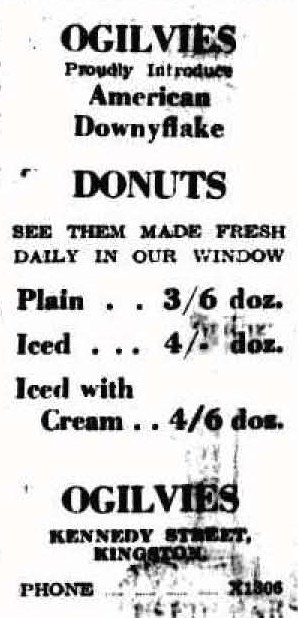
Advertisement for Downyflake Donuts in Canberra Times, July 1954
In 1948, Adolph Levitt’s company The Doughnut Corporation of America or DCA partnered with the Overseas Corporation (Aust) Ltd to become Downyflake Food Corporation Pty Ltd to develop the making of doughnuts in Australia. (The Sydney Morning Herald, June 1948).
In 1949, Anthony Horderns’ Do-Nut Depot, on Pitt Street Sydney, advertised its “Do-Nuts”, made by their “wonderful new Robot machine”. (The Sunday Herald, Dec 1949)
First Donut Chain in Australia – Downyflake Donuts
In October 1950, DCA’s Downyflake Donuts store opened in Chadstone Shopping Centre, the first shopping centre in Victoria and the largest in the Southern Hemisphere. Downyflake Donuts operated several more stores in different locations in Australia.
The automatic machines fascinated many young kids who watched the doughnuts cooking on the shiny doughnut machine by the shop’s window.
A mining metallurgist, Chris Shaw, in his article “Peak oil – keep your eye on the donut and not the hole”, wrote about his memories of Downyflake donuts at Chadstone Shopping Centre as a young boy. “Better than the escalators; better than everything else, was the Downyflake Donut shop. The donut machine stood in the window. Embryonic donuts danced and grew in the hot oil as they meandered through the stainless steel maze. That little food processor amused me for hours.”[5]
Actor Barry Humphries (alter ego Dame Edna Everage) also has an interesting recollection of the iconic Downyflakes donuts.

"Downyflake" restaurant (white building, second from right) in Swanston Street. Circa 1950. Copyright State Library Victoria
In his speech at the anniversary dinner of the Committee for Melbourne, he fondly recalled, “One of the most important Melbourne spectacles of this period was an establishment in Swanston Street opposite St Paul’s Cathedral called Downey Flake. Here crowds pressed against the window awestruck to observe an enormous Heath Robinson-like stainless steel machine which stirred a vat of yellow sludge, scooped dollops onto a conveyer belt and dropped calamari like rings into a cauldron of seething fat from which emerged, on another belt, an endless succession of sugared doughnuts”.[6]

Downyflake sign, Swanston Street, Melbourne. circa 1950. Copyright Mark Strizic.
Downyflakes ceased operations in Australia in the early 1980s.
Introduction of the donut robots in Australia
Improvements on the doughnut making machines and production systems continued in America. In 1928, one of Walter Belshaw’s patent application for a new doughnut machine, stated that, unlike the existing machines that have pistons coming in direct contact with the dough, continuously kneading it and resulting in tougher and less palatable doughnuts, his new invention eliminated that problem, has a more efficient adjustment mechanism, and has a detachable cylinder to allow interchangeable parts.
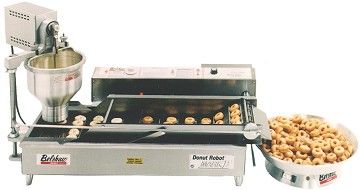
Belshaw Donut Robot MarkII
Belshaw continued to improve the doughnut machines and by 1963, the first of the Belshaw “donut robots” were sold in Australia. Bob O’Mara, who founded RVO Enterprises in 1981, was instrumental in making the Belshaw donut machines the preferred donut equipment in Australia. Today, there are about 8,000 of these donut robots in existence in the country.
In 1988, mini donuts were introduced in the market. These small doughnuts, about 20 grams each, proved to be very successful and are still popular until today.
—
For more information about donut machines (fryers, donut production systems, Thermoglaze system, accessories) contact RVO Enterprises at 02 9740 5122, send an email to info@rvo.com.au, or enquire through RVO Info Central by sending your comment at the bottom of this article.
—
References:
1. Mullins, P.R., Glazed America: a history of the doughnut. 2008.
2. ‘Old Salt’ Doughnut hole inventor tells just how discovery was made and stomachs of earths saved in The Washington Post. 1916.
3. Doughnut King was head of several chains, in The Canadian Jewish Review. 1954.
4. The Cambridge World History of Food, Kiple, K and Ornelas, ed. 2000.
5. Shaw, C. Peak oil – keep your eye on the donut and not the hole. 2005; Available from: http://www.onlineopinion.com.au/view.asp?article=3837.
6. Humphries, B., Return of a Passionate Pilgrim, in The Age 2005: Melbourne.
—
External links:
Belshaw donut robots
http://www.rvo.com.au/rvo/products/businesssol.asp?BusID=88
Doughnut: The Official Story http://www.worldwar1.com/dbc/doughnut.htm
Doughnut Hole and Hanson Gregory
http://listserv.linguistlist.org/cgi-bin/wa?A2=ind0305b&L=ads-l&P=3229
Return of a Passionate Pilgrim
http://www.theage.com.au/news/national/a-passionate-pilgrim/2005/10/06/1128562941049.html
The Hole Truth of America’s Sweetest Snack
view in Google Books Boy’s Life, Dec 1980 article
Steinberg, Sally Levitt., The donut book : the whole story in words, pictures & outrageous tales. 2004, North Adams, MA: Storey Publishing. vii, 184 p.
Sally Levitt Steinberg, granddaughter of Adolph Levitt, who developed the first donut-making machine, tells the story of how donuts became popular in America and other tales about donuts. Inside this book are 29 donut recipes from New Orleans beignets to Portuguese malasadas, from Boston crèmes to Alain Ducasse’s upscale Donut.
Here, in Steinberg’s book, you will also find the recipe for “Green Tea Donuts” created by Marcus Samuelsson, for his Japanese/American restaurant Riingo in New York. Made with potatoes and injected with “green tea jam” (edamame – green soy beans, and yuzu, a Japanese citrus fruit), accompanied by a cinnamon sabayon, green tea kulfi, and a chutney of exotic fresh and dried fruits and spices (preserved lemon, dried cranberries, fresh quince, cardamom pods, fenugreek seeds).
Suas, Michel & Frank Wing Photography (2009). Advanced bread and pastry : a professional approach Delmar Vengage Learning, Detroit
The Chapter on Plated Desserts feature a sophisticated donut recipe. Two warm donuts dusted in sugar and spice nestle alongside a frozen parfait loaded with vanilla beans and a tiny shot of hot chocolate. The miniature drink contains three layers: a rich ganache on the bottom, a hot chocolate in the middle, and a feather-light milk foam topping. Described as a modern interpretation of comfort food at its most tempting.
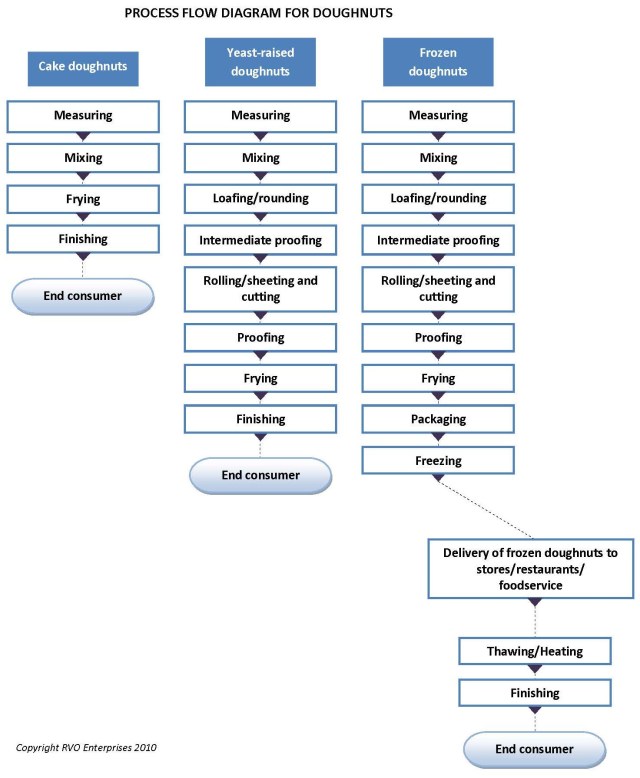
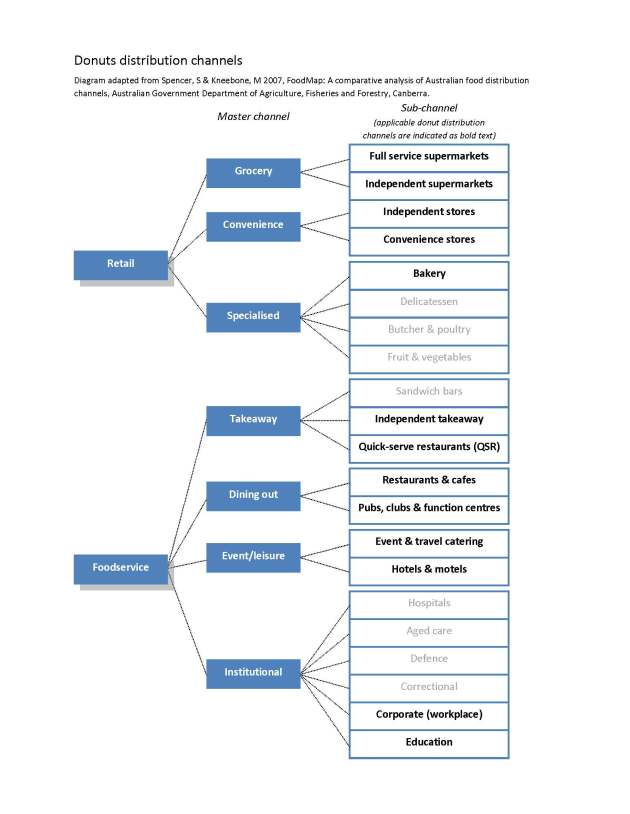
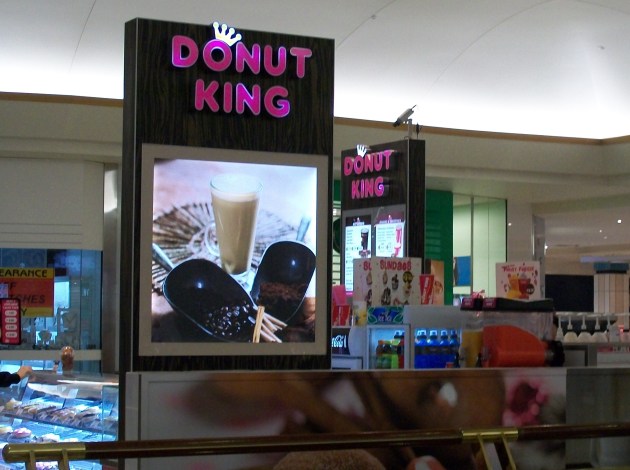
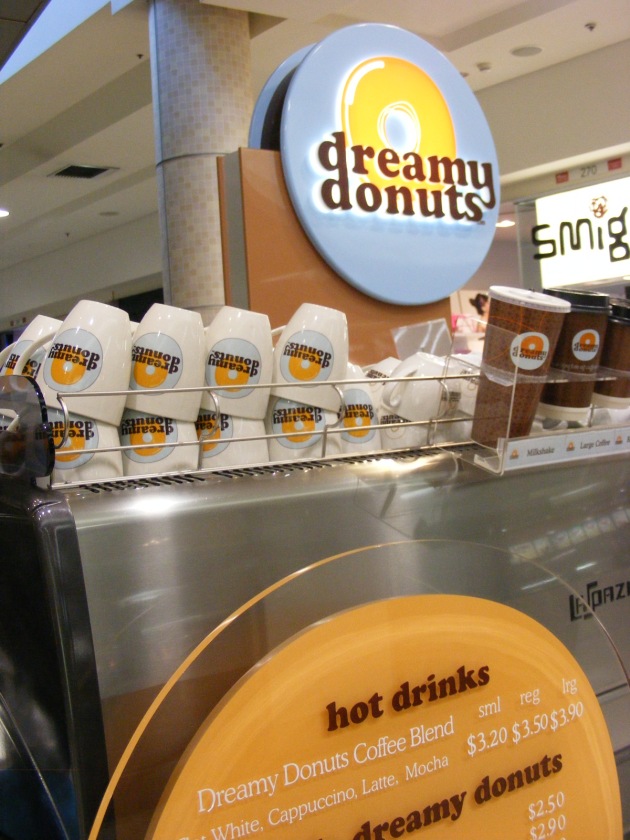
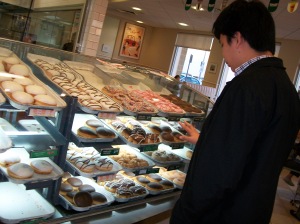
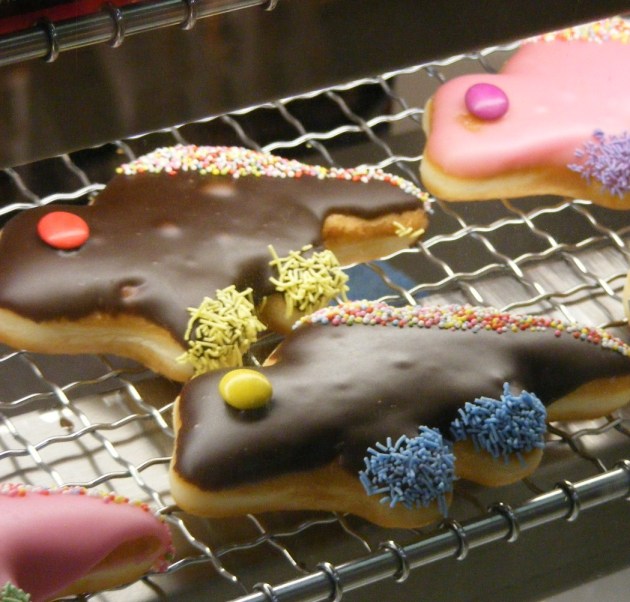
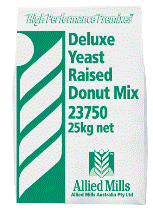
![7143_Hot_Cross_donuts_v5[1]](https://rvoshare.files.wordpress.com/2010/07/7143_hot_cross_donuts_v51.jpg?w=180&h=300)
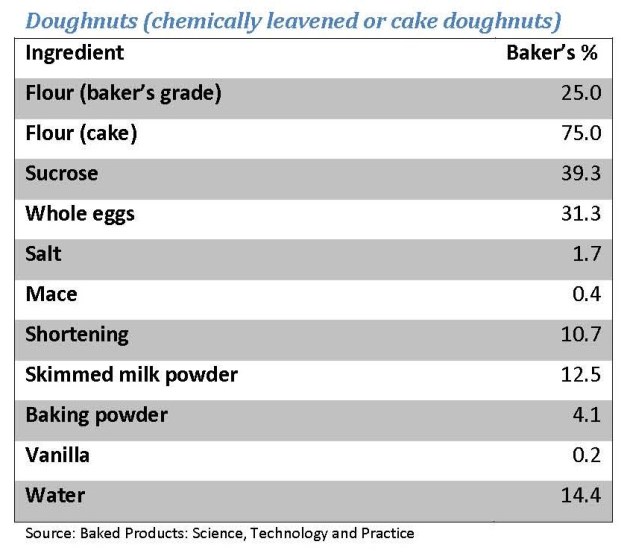
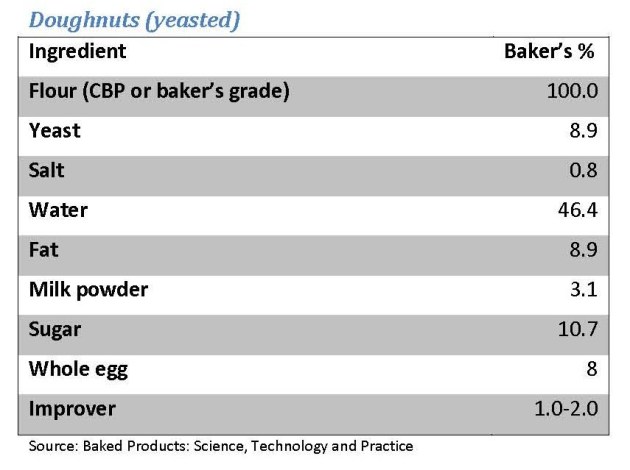
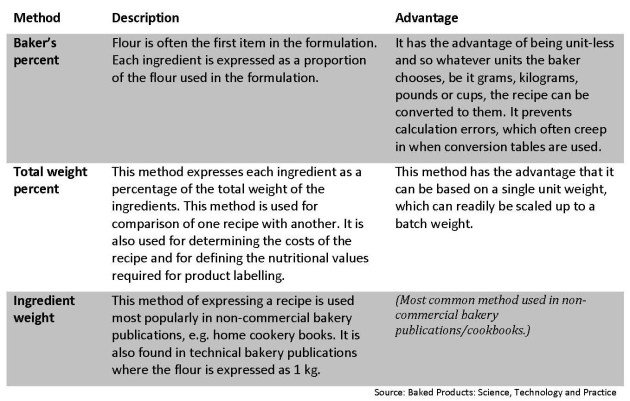
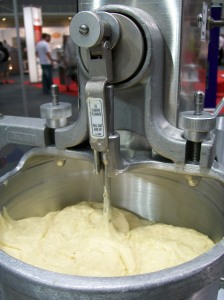
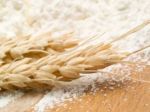

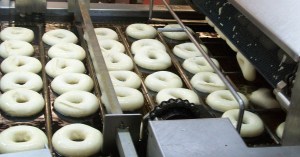

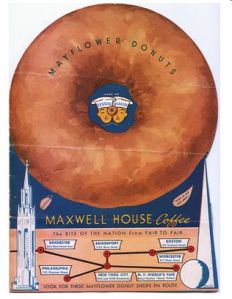
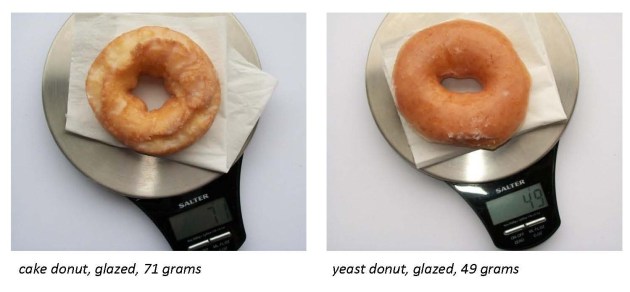
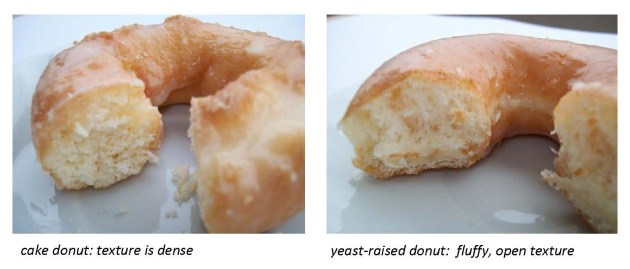

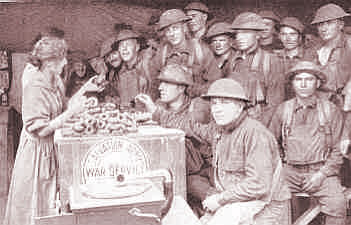






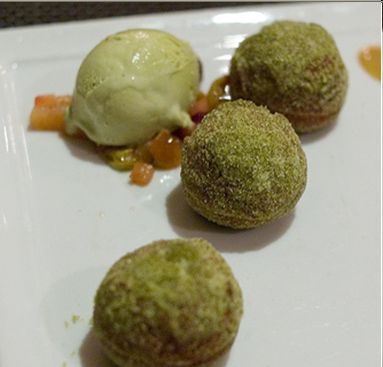
You must be logged in to post a comment.